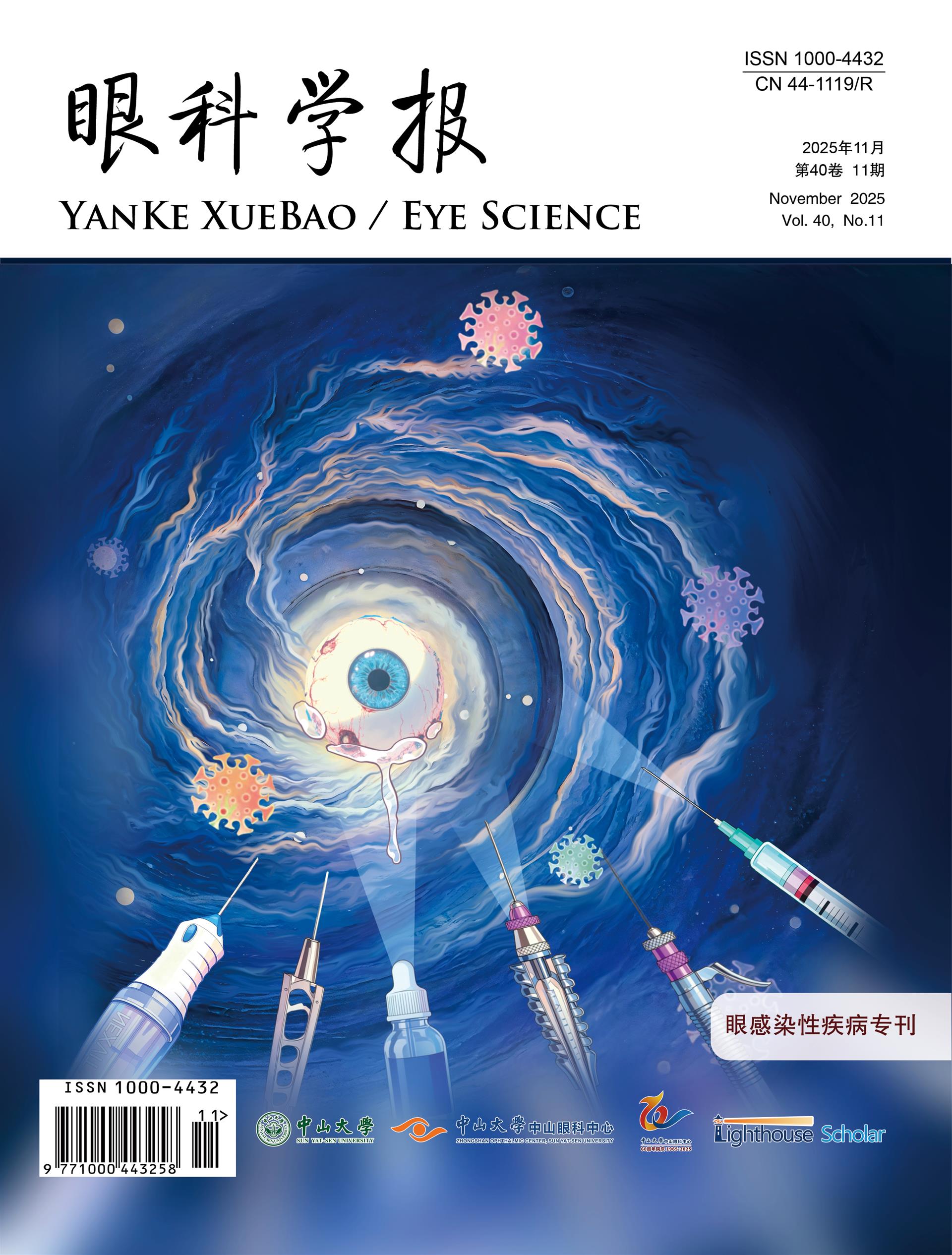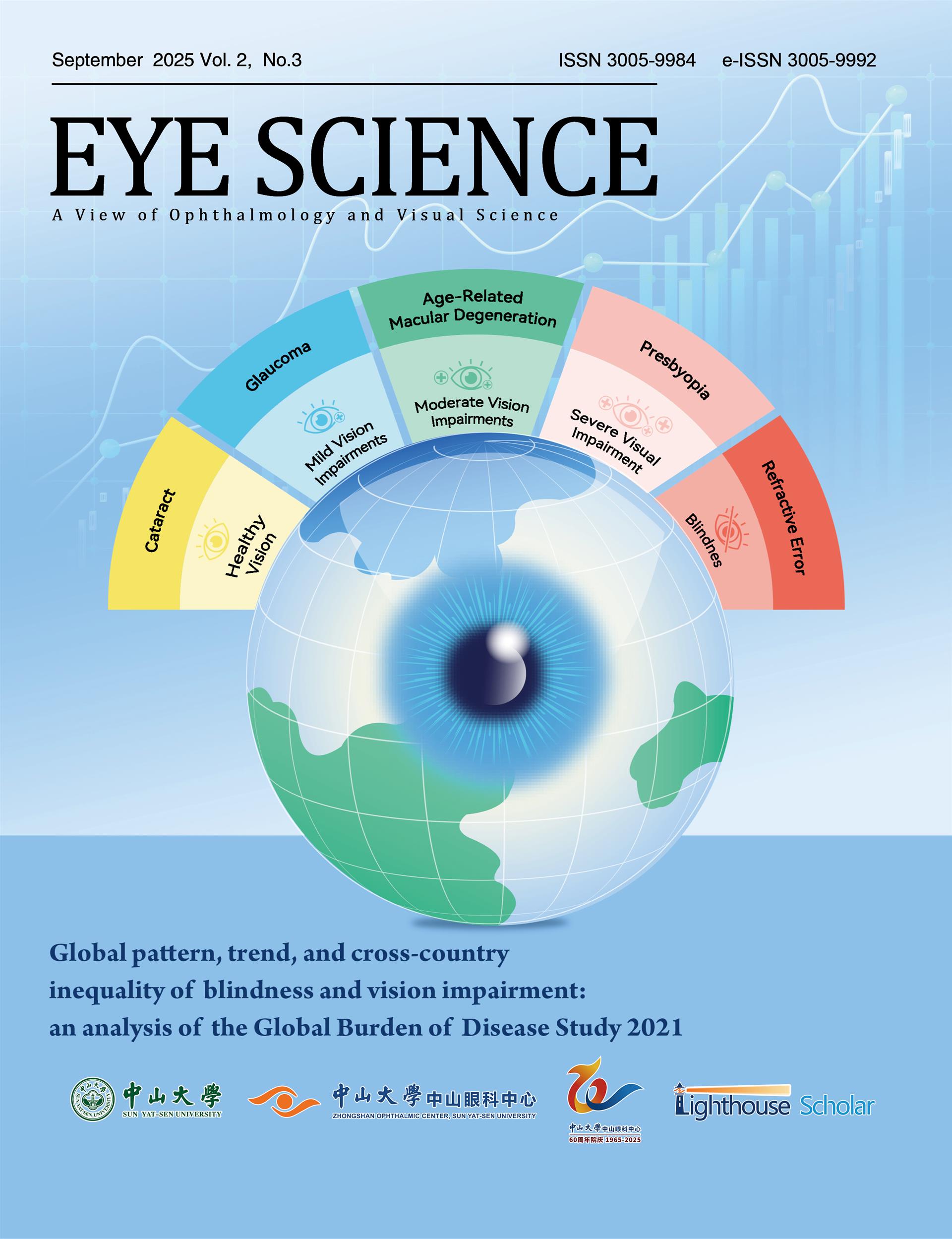Objective: Accurate intraocular pressure (IOP) measurement is a cornerstone of glaucoma diagnosis and management. While Goldmann applanation tonometry (GAT) remains the accepted gold standard, technological advancements have introduced alternative methods such as noncontact tonometry (NCT) and the dynamic Scheimpflug-based Corvis ST (CST). This study aims to conduct a rigorous comparative analysis of IOP measurements obtained by NCT, GAT, and CST across a wide spectrum of intraocular pressures. The primary objectives were to evaluate the performance of these devices in both healthy and glaucomatous eyes, assess their intra- and interobserver variability, and determine their level of agreement with the established reference. Methods: In this prospective, comparative study, a total of 212 eyes from 212 subjects were enrolled, comprising 137 eyes of patients with glaucoma and 75 eyes of healthy individuals. All participants underwent IOP measurement using the three devices in a randomized order to minimize bias. Based on the initial GAT readings, eyes were systematically classified into one of four predefined IOP levels: Level A (low, < 10 mmHg), Level B (normal range, 10 – 21 mmHg), Level C (moderately elevated, > 21 to 40 mmHg), and Level D (severely elevated, > 40 mmHg). A mixed-model analysis of variance (ANOVA) was employed to statistically analyze the differences in IOP measurements among the three tonometers at each distinct pressure level. The agreement between each pair of devices (CST vs. GAT, CST vs. NCT, and NCT vs. GAT) was meticulously assessed using Bland-Altman plots, which provide metrics for bias (mean difference) and the 95% limits of agreement (LoA). Results: CST and GAT exhibited better intra- and interobserver variability compared to NCT. Significant differences in IOP measurements were observed among CST, NCT, and GAT at levels A and D (P<0.001, P=0.030). Bland-Altman analysis revealed biases between CST and GAT, CST and NCT, and NCT and GAT at different levels (level A: -0.61, 0.94, and -1.55 mmHg; level B: 0.16, -0.7, and 0.8; level C: 0.5, 0.5, and -0.1; level D: 0.83, -3.4, and 4.2). Notably, NCT tended to overestimate IOP more at higher levels (level D) and underestimate at lower levels (level A) compared to CST. CST demonstrated better agreement with GAT than NCT did. Conclusions: This study confirms that the Corvis ST (CST) shows superior agreement with the Goldmann applanation tonometer than noncontact tonometry, particularly at low and high IOP ranges. It also exhibits greater measurement consistency. While NCT remains a useful screening tool, its significant over- and underestimation at pressure extremes is a critical limitation. The findings strongly suggest that CST may serve as a more suitable and reliable alternative to NCT for measuring IOP across a broad clinical range. However, the results underscore that these three methods are not directly interchangeable. Clinicians must therefore exercise careful interpretation of IOP values, taking into account the specific tonometer used and the patient's probable pressure level for accurate diagnosis and management of glaucoma.

















